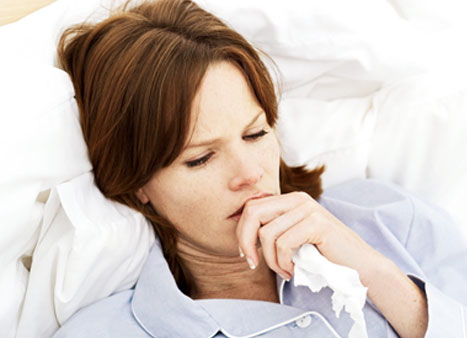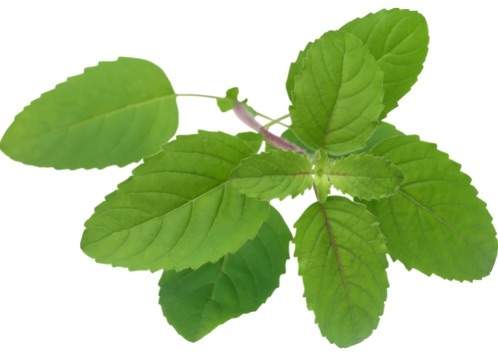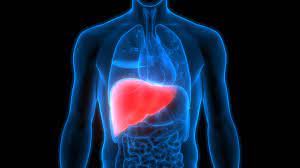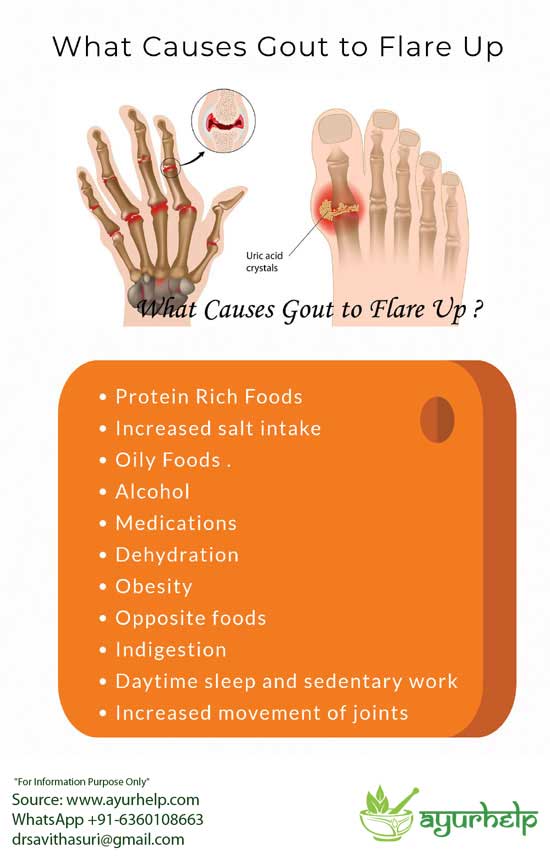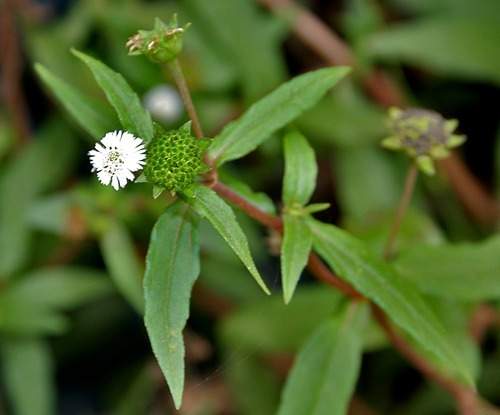Massage therapy or abhyanga in Ayurveda helps to eliminate toxins, strengthen muscles, improve blood circulation, and make the ayurvedic treatment effective and easier.
Table of content
What is massage therapy or abhyanga?
Benefits of ayurvedic massage abhyanga
Benefits of body massage in the elderly.
Related article
Benefits of Ayurvedic Daily Routine or Dinacharya
Best Ayurvedic Penis Massage Oil for Erectile Dysfunction or ED
Ksheerabala Oil or Thailam Uses
What is massage therapy or abhyanga?
Massage has been used as a remedial measure for centuries. Massaging causes various physiological effects which comfort the body. Manually kneading or manipulating the soft tissues to relieve pain, discomfort, anxiety, stress, and to promote health and wellness is called ‘massage’. The techniques of massage to promote health and wellness are called “Massage Therapy”. The American Massage Therapy Association (AMTA) defines Massage therapy as “a profession in which the practitioner applies manual techniques, and may apply adjunctive therapies, with the intention of positively affecting the health and well-being of the client.”
Massage therapy (abhyanga) is recommended in Ayurveda in the course of treating several diseases. It plays a great role in the body detoxification process (Panchakarma) before starting the core treatment.
Usually, ayurvedic herbal oils or aromatic oils are used during the massage. The oils are selected according to the condition and objective of the massage.
Types of Body massage
Different kinds of body massages are adopted after analyzing the cause and location of discomfort. The following are the various kinds of body massage.
•Face and Head Massage,
•Arms and Hand Massage,
•Legs and Feet Massage,
•Back Massage,
•Neck and Shoulder Massage,
•Chest Massage,
•Abdomen Massage,
•Massage for babies and children
•Massage during pregnancy.
. Massage after delivery
Techniques of massage:
A massage therapist uses ‘Strokes’ and ‘Pressure’ while massaging. Effleurage, Petrissage, Percussion, Friction, and Vibration are 5 different strokes used while massaging.
Effleurage strokes
Effleurage strokes are long, gliding, and soothing. These strokes are made with the flat surface of the hands. Effleurage strokes increase circulation and depth of relaxation.
Petrissage strokes
Petrissage strokes resemble kneading. These strokes are recommended to massage children and elderly people. Skin and muscle surfaces are rolled or squeezed, gently and firmly by grasping them between the thumb and fingers.
Percussion
Percussion is done using both hands. In this stroke, both hands move rapidly and alternatively stimulate the muscles. Percussion can be done with fingertips (tapping), chopping movement of stretched fingers (hacking), cupped hands (cupping), flat opened palms (slapping), and using both fists (pounding).
Friction:
Friction: These strokes are used to treat joints and surrounding areas. Friction breaks adhesions, removes wastes, and cleans up congestion. Long, slow, firm strokes or circular movements of the hand are used to move superficial tissues over the deep underlying tissues.
Vibrations
Vibrations: These strokes stimulate nerves. Hands or fingers are moved back and forth rapidly on soft tissues to shake them. Vibrations are used on the buttocks, thighs, upper back, etc.
Mild, moderate, or heavy Pressure is applied during massage, depending upon the part to be massaged and the aim of the massage.
Ayurvedic Massage Types
The texts of Ayurveda illustrate different types of massages for different conditions. They are
Udvarthana :
Massaging the body in opposite directions (According to ayurvedic texts, starting the massage from the head and proceeding downwards is considered conventional. Hence, massages that proceed from palm to shoulder or Feet to thighs or hips to the neck are opposite in direction.) These massages are performed by exerting little pressure using dry herbs. This kind of massage exfoliates the skin, enhances its glow, and gives healthy look. It also helps to reduce bad odor which is caused due to sweat. This type of massage increases fat metabolism and is recommended in weight loss therapy.
Mardana :
Massaging the whole body and exerting more pressure is called Mardana. This is usually done for persons who indulge in enhanced physical work e.g. athletes, sportspersons, Wrestlers, etc.
Paadaghata :
Padaaghata means massaging using the feet, Trampling the body with required pressure is called padaghata.
Benefits of Massage Therapy:
1. Massage increases the circulation in tissues, releases muscle spasms, and stimulates the nervous system or sedates it. Increased circulation pumps more oxygen and nutrients to tissues.
2. It shortens the recovery period of illness or injury.
3. A good massage helps the release of endorphins (natural painkillers in the body) and also stimulates the lymphatic system, boosting body immunity. It helps to detox liver and body. Read Read Ayurveda Liver Detox – An Easy Liver Cleansing Guide
4. It helps relieve muscle tension, stiffness, and pain and reduces swelling. The healing process becomes faster and the excess formation of scar tissue is reduced.
5. It increases athletic performance and provides greater joint flexibility.
6. Massage helps reduce discomforts caused due to stress-related conditions like migraine, tension headaches, body pain, tiredness, stress, anxiety, depression, insomnia (sleeplessness), etc. It helps lower the levels of stress hormones like cortisol.
7. It improves the ability to handle stressful situations calmly and efficiently. Massage also enhances thinking and creative abilities.
8. Massage therapy promotes the feeling of well-being.
Benefits of ayurvedic massage abhyanga
According to Ayurveda massaging the body daily with ayurvedic herbal oil has innumerable benefits. This process is called “Abhyanga”. In great ayurvedic classic Ashtanga Hridaya, the benefits of herbal oil massage have been documented as follows.
” Abhyanga aachare nityam sa jara- shrama – vataha | Drushtihi prasada pushtyaahu swapna sutwak daadarya krit ||”
•Aging symptoms appear very late in life.
•Balances Vata Dosha and reduces Vata-related problems
•Skin becomes fresh, soft, glowing, and healthy.
•Skin becomes resistant to diseases.
•Sharp eyesight and attractive eyes.
•Body becomes stronger and well-nourished.
•The body and mind get relaxed.
•Undisturbed sleep.
•Increases Libido.
•Rejuvenates the body.
Acharya Charaka indicates foot massage (Padabhyanga) to get rid of cracked feet, dry skin on the foot, and to relieve tiredness and foot pain. The flexibility of the foot increases.
Benefits of body massage in the elderly.
Massage therapy is usually recommended for persons who have aches, joint pain, and muscular pain. These symptoms are very common in old age. Texts of Ayurveda attribute vitiation of Vata as a causative factor for health problems in the elderly.
Vitiated Vata causes body aches, pain in joints, dry skin, weakness of muscles, etc. Ayurveda acharyas recommend body massage with Vata balancing oil like ksheerabala oil to normalize imbalanced Vata.
The following are the benefits of body massage in the elderly.
- Symptoms like body ache, joint pain, and stiffness of muscles are reduced.
- Massaging the body with oil reduces the dryness of the skin and prevents cracking and fissuring of the skin. It also prevents discoloration of the skin
- This process reduces stress, relaxes the mind, and makes elderly people feel good.
- Good oil massage induces sound sleep.
- Body massage improves blood circulation and strengthens the muscles.
- Inflammation of joints reduces with a good massage.
- Apart from the above-mentioned health conditions body massage also treats so many of the typical conditions that arise with age – such as muscular stiffness, arthritis, skin discoloration, muscle and bone deterioration, tendonitis, bursitis, and respiratory problems such as asthma and emphysema.
Body Massage for the elderly is known as senior massage or geriatric massage. Careful massage can help to provide the elderly with symptomatic relief and enable seniors to extend the vitality in their lives.
Note: A trained expert massage therapist must massage the elderly. The bodies of aged persons will be fragile and delicate. Hence the body massage for the elderly should be conducted under an expert massage therapist’s supervision.
Precautions and prohibitions
According to ayurvedic texts, the massage should not be done for those who suffer from fever, diarrhea, vomiting, and pregnancy. Usually, therapists do not massage a person if the latter has, fever, skin eruptions, large bruises, inflamed joints, sensitive veins, varicose, tumors, a period, indigestion, nut allergy, appendix:2yr/6m, dislocated shoulder(s), vertebral problems. The person should not wear contact lenses or consume alcohol or over-eat during or shortly before a massage. One more precaution to be taken before going for a massage is to check whether the massage therapist is qualified or not. An unqualified massage therapist may cause more harm than relief.
Author – Dr.Savitha Suri. Consultant ayurvedic physician.
Call us at +91 9945995660 / +91 9448433911
WhatsApp + 91 6360108663/

